

Volume 173
Published on August 2025Volume title: Proceedings of the 7th International Conference on Computing and Data Science
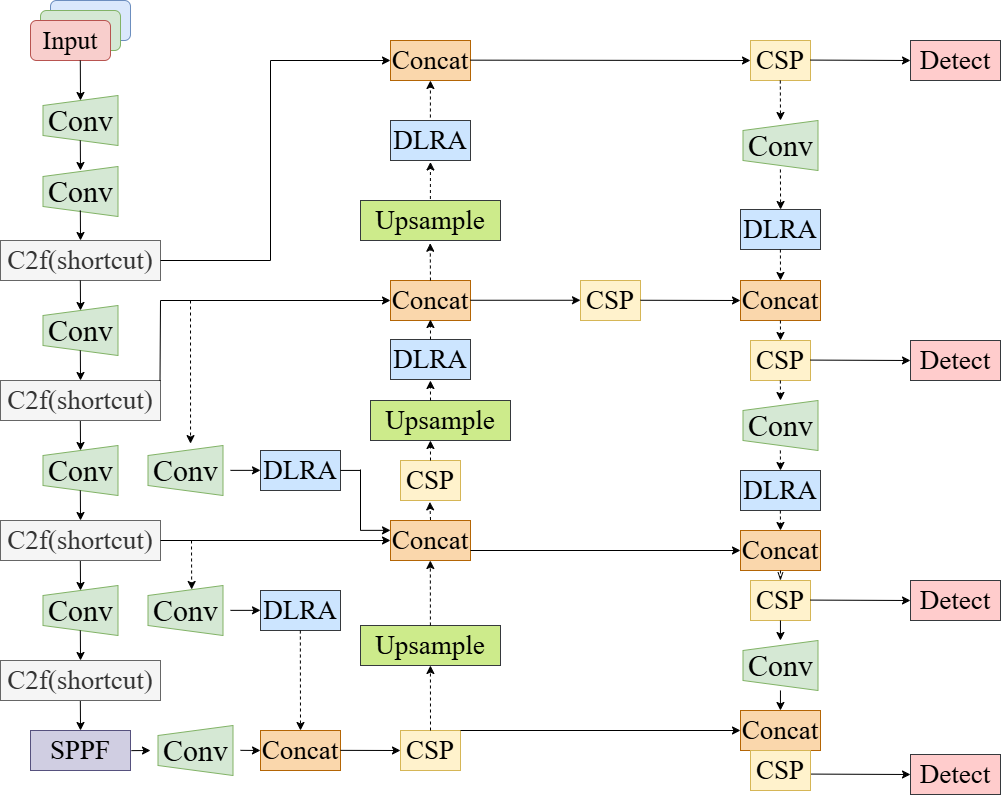
The rising resource demands in emerging economies have intensified resource nationalism in mineral-rich countries, necessitating more efficient mineral processing technologies for declining ore grades. This study presents BGF-YOLO, a novel deep learning model enhanced from YOLOv8, designed to optimize mineral beneficiation by accurately identifying mineral species and grain sizes using hyperspectral imaging. The system utilizes hyperspectral data spanning 66 spectral bands (400–1000 nm) and processes large datasets through advanced feature fusion and attention mechanisms. BGF-YOLO integrates a Generalized Feature Pyramid Network (GFPN), Dual-Level Routing Attention (DLRA), and an additional detection head to improve multi-scale feature detection and reduce redundant information. Evaluated on a dataset of 4,975 samples across five mineral classes, the model achieved an overall accuracy of 91.9%, with Galena and Hematite large particles attaining 94.9% and 100.0% accuracy, respectively. Comparative analysis showed that BGF-YOLO outperforms the baseline YOLOv8 by approximately 5% in accuracy. These results demonstrate the potential of combining hyperspectral imaging with advanced deep learning architectures to enhance the precision and efficiency of mineral classification and grain size determination in beneficiation processes.

 View pdf
View pdf


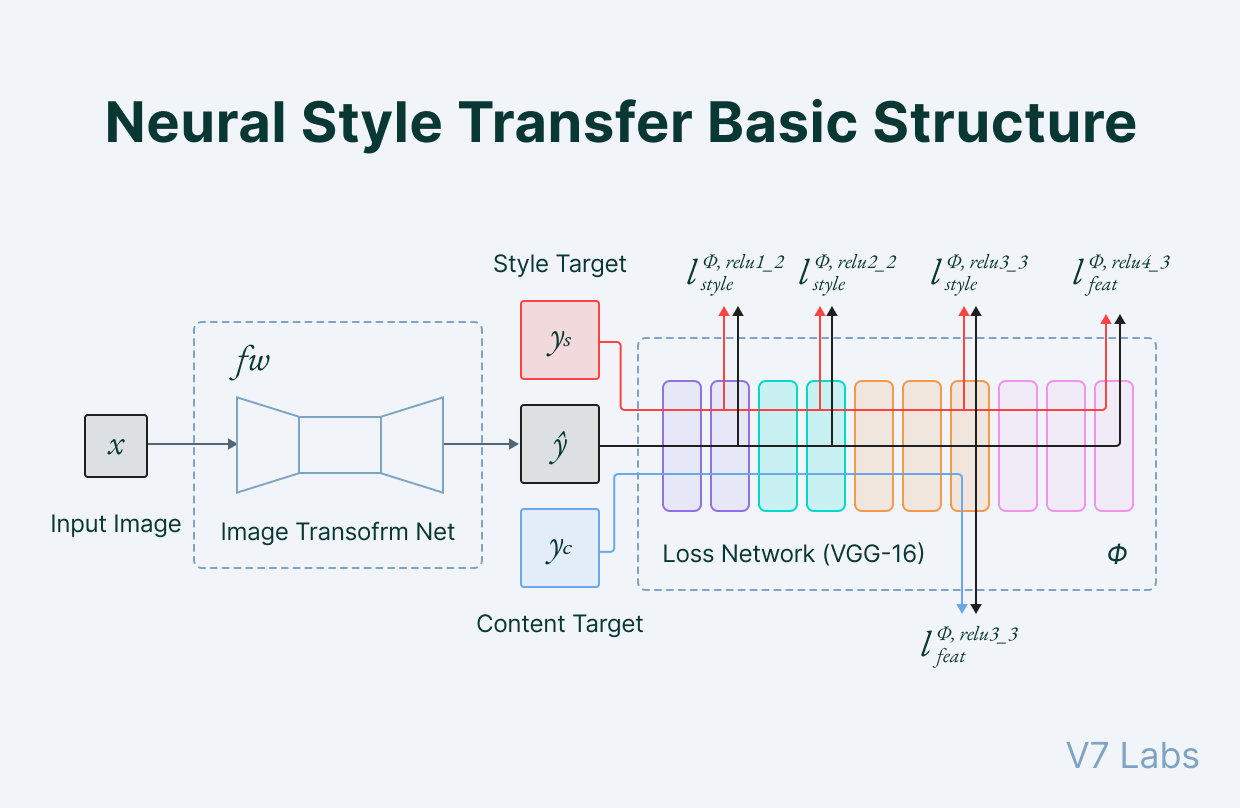
This paper proposes a unified computational framework, which ensures the output quality of large language models in writing education through three major modules: style transformation, dependency detection, and adversarial intervention. The style conversion module adopts the Transformer model with a dual-encoder architecture to transcribe students' texts into academic or news styles while retaining the original meaning. The dependency detection module reconstructs sentence-level grammatical relations and text-level argumentation structures based on the two-layer graph attention network (GAT). The adversarial intervention module simulates typical student errors through controlled perturbations such as synonym replacement and clause recombination to evaluate the robustness of the model. Experiments show that the academic accuracy rate of the style conversion module reaches 91.8%, the news accuracy rate reaches 89.5%, and the average score of UEBL is 28.6. In the case of adversarial perturbation, the style accuracy rate decreased by only 3.2 percentage points. The syntactic annotation accuracy (LAS) of the GAT parser on the original data was 87.5%, the text F1 value reached 78.3%, and the losses under adversarial interference were controlled at 4.8% (LAS) and 5.3% (F1) respectively. These findings confirm that adversarial training can significantly increase the model's resistance to writing errors. This framework provides educators with practical tools to ensure writing style standardization, structural consistency, and the ability to resist error feedback, laying the foundation for building a reliable AI-assisted writing teaching system.

 View pdf
View pdf



Existing algorithms for unmanned aerial vehicle (UAV) image object detection often face challenges such as low detection accuracy for small objects and missed detections of multi-scale objects. To address these issues, this paper proposes a UAV image object detection algorithm that integrates a channel attention mechanism with parallel-structured dilated convolution feature fusion. To enhance the algorithm’s feature representation capabilities in terms of channel attention and receptive field, the ResNet50 backbone is redesigned by incorporating the Squeeze-and-Excitation Network (SENet) and a Parallel-Structured Dilated Convolution Feature Fusion Network (PSDCFFN). Additionally, Region of Interest (ROI) Align is employed, and the Region Proposal Network (RPN) anchor sizes are optimized using K-Means clustering to minimize coordinate deviations during object regression. Experimental results demonstrate that the proposed algorithm significantly improves object detection accuracy in UAV images. On the RSOD-Dataset and a custom UAV image dataset, the mean Average Precision (mAP) reaches 92.52% and 98.07%, respectively.

 View pdf
View pdf



To address the challenge of missed detections of long-distance targets in autonomous driving, this study proposes an enhanced 3D object detection model based on the CenterFusion framework, integrating camera and millimeter-wave radar data. An early fusion strategy is employed to project radar data onto the image plane, combining it with image data to form a multi-channel input, thereby enhancing the model’s robustness against interference. Additionally, an attention mechanism is incorporated post-feature fusion to prioritize the extraction of critical information from the fused feature map, significantly improving detection accuracy. The loss function is optimized to mitigate the imbalance between positive and negative samples. Comparative and ablation experiments conducted on the nuScenes dataset demonstrate that the proposed model achieves a 1.5% improvement in average detection accuracy and a 2.1% increase in nuScenes Detection Score (NDS) compared to the baseline CenterFusion model, effectively enhancing long-distance target detection capabilities.

 View pdf
View pdf


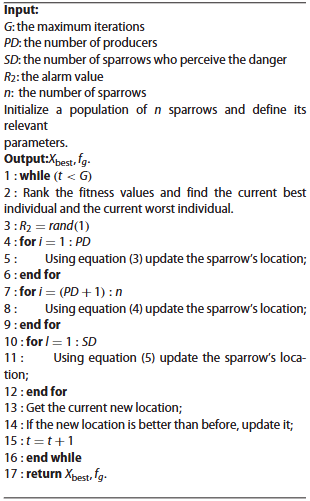
In this paper, by systematically evaluating the performance of multiple machine learning models in the task of advertisement click prediction, it is found that the XGBoost algorithm exhibits the best prediction potential by virtue of its integrated learning advantages. In order to further improve the model performance, the Sparrow Search Algorithm (SSA) is innovatively introduced to intelligently search for the key hyperparameters of XGBoost, and the SSA-XGBoost fusion model is constructed. The experimental results show that the optimized model achieves significant breakthroughs in classification performance: the accuracy rate reaches 0.87, which is 18.1% higher than that of the basic XGBoost; the recall rate is synchronously increased to 0.87, while the precision rate achieves a leapfrog growth to reach the excellent level of 0.887, which is 21.3% higher than that of the unoptimized model (0.731). These performance improvements have special value in the dimension of false alarm rate reduction - when the model accuracy rate is increased by 21.3%, it means that about 50,000 invalid placements can be reduced in a million-volume ad exposure scenario, and this accuracy improvement not only verifies the effectiveness of the sparrow search algorithm in parameter optimization, but also highlights the practical business value brought by the algorithm improvement. This improvement in accuracy not only verifies the effectiveness of the algorithm in terms of parameter optimization, but also highlights the practical commercial value of the algorithm improvement. From the perspective of feature engineering, SSA successfully solves the efficiency bottleneck of traditional grid search in high-dimensional parameter space through the strategy of combining global search and local optimization, so that key hyperparameters such as the tree structure parameters and learning rate of XGBoost reach a more optimal configuration, which effectively mitigates the risk of overfitting while maintaining the model's stronger generalization ability (19.2% improvement in F1-score) (34% reduction in cross-validation variance). The intelligent prediction model constructed in this study is of great practical significance to the field of digital marketing: through high-precision click prediction, advertisers can accurately identify potential user groups, and reduce the cost of ineffective advertisement exposure while improving the conversion efficiency. This data-driven decision support can not only optimize the advertising budget allocation strategy, but also promote the programmatic advertising delivery system to evolve in the direction of intelligence, and provide technical support for enterprises to build core advantages in digital marketing competition.

 View pdf
View pdf


Rural agricultural economies need tailored strategies and intensive cultivation for sustainable development. In China, with limited arable land and a push for agricultural modernization, choosing the right crop planting strategies is essential to meet people's needs and boost agricultural production and the economy.For Problem 1, we created an integer programming model aiming for stable annual economic returns, with average annual planting revenue as the objective function. Two scenarios were considered: excess crops wasted or sold at half price. Using the simulated annealing algorithm, we found that the average annual revenue is 7,882,002.50 yuan in the first scenario and 8,659,569.25 yuan in the second.For Problem 2, we built a robust optimization model to account for the dynamic nature of the agricultural market, including potential risks from rising costs, falling prices, and declining demand. The model focuses on worst-case scenarios to develop a resilient planting strategy, reducing risks from market volatility. It uses minimum annual planting revenue as the objective function and parameter uncertainty sets to create a plan less sensitive to disturbances and effective under most conditions.For Problem 3, we constructed evaluation indicators to explore the substitutability and complementarity between crops, as well as their sales, planting costs, and prices. A grey relational analysis model was used to assess crop similarity. Prioritizing crops with higher returns and stable prices, we selected 29 crops, including legumes, for a new planting strategy. Compared to the strategy from Problem 2, the new plan has fewer crop rotations, more stable economic returns, and easier field management.This paper summarizes and analyzes the established models, providing a comprehensive evaluation of their advantages and limitations.

 View pdf
View pdf


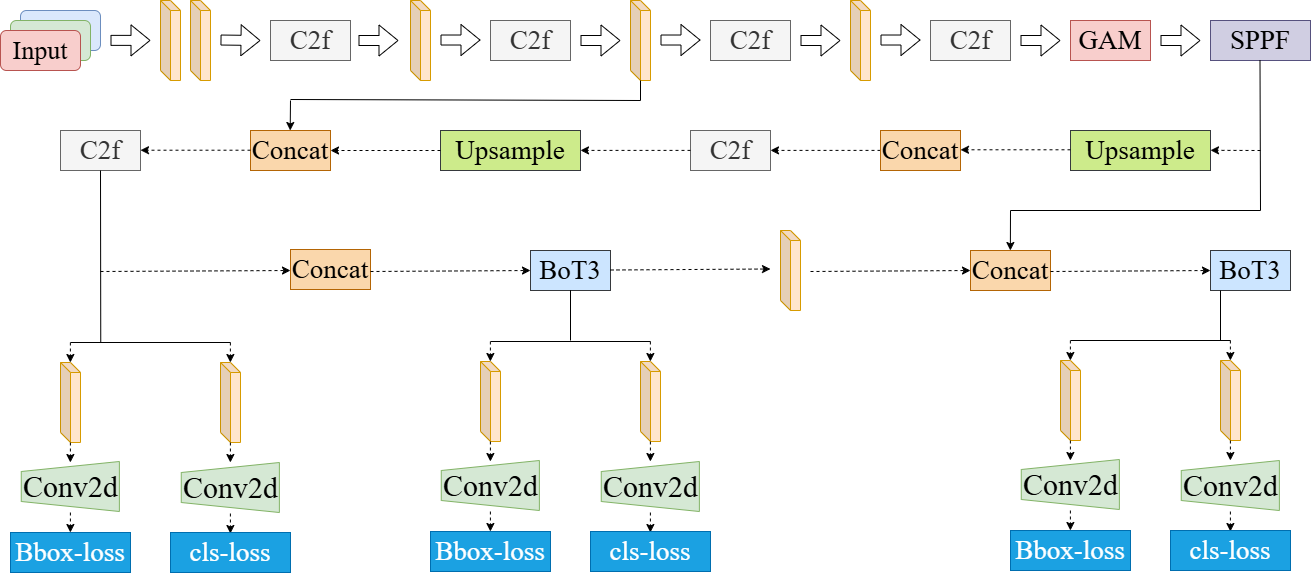
This paper, we propose a new mineral image classification method using YOLOv8 model enhanced by visual attention mechanism. The integration of attention blocks improves the model's ability to focus on relevant features, thereby reducing misclassification and improving accuracy, especially in complex and noisy environments. Experimental results using iron ore with different densities show that the attention-enhanced YOLOv8 outperforms traditional methods in ferrous iron type classification based on density, ash and microfraction. The proposed method significantly improves the efficiency of feature extraction and processing, which provides a promising solution for intelligent ore sorting in industrial applications.

 View pdf
View pdf


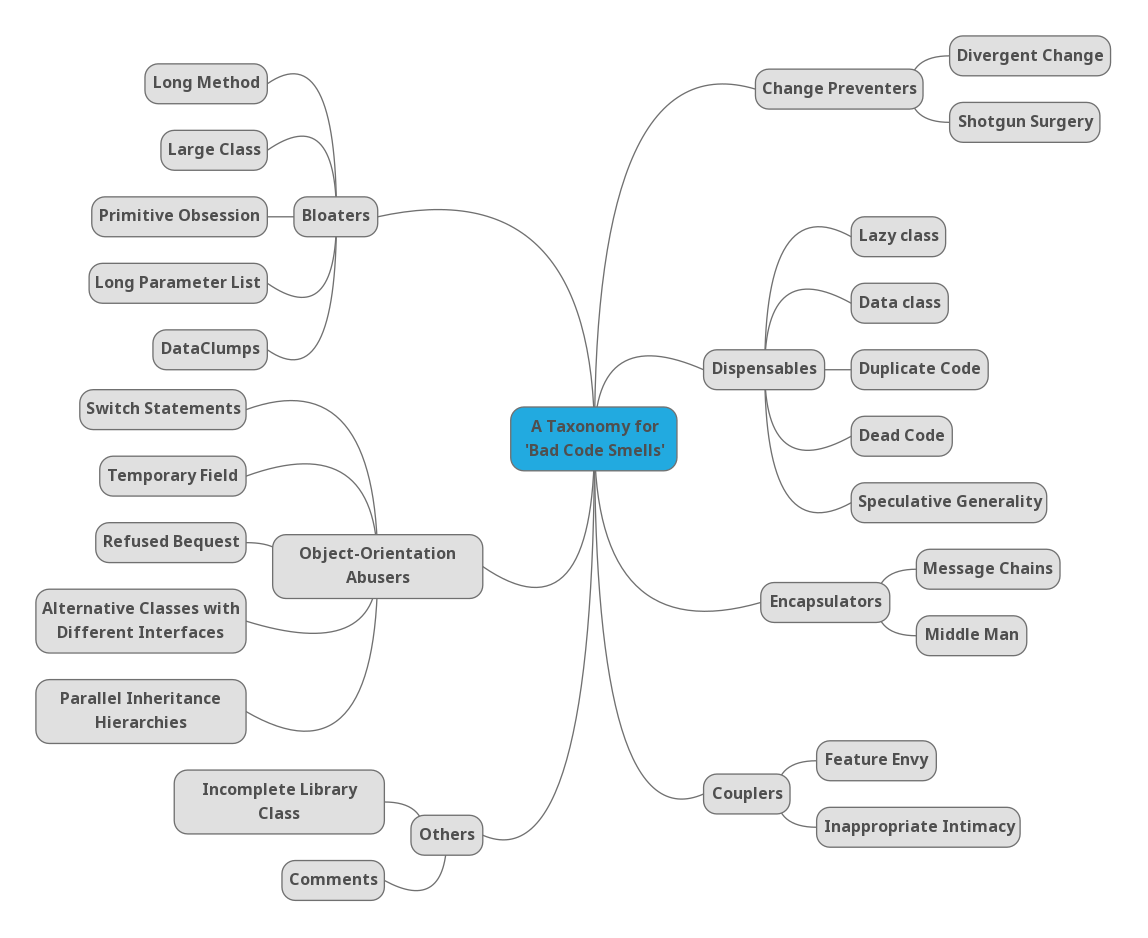
This study explores how everyday programming practices reproduce and amplify gender bias in software systems. By analyzing five widely used open-source repositories in the fields of recruitment and financial analysis (totaling over 200,000 lines of code), and conducting in-depth interviews with ten developers, we identified three common patterns of bias: rigidly coded binary gender labels, stereotype-driven feature engineering (such as “vacancy years”), and the negation of non-binary genders. Static code analysis marked these trends, while dynamic testing on the gender-balanced dataset showed that the false negative rate for female users could be up to 15 percentage points higher, and there was a 10% inflation in the risk score. The interview revealed that organizational pressures (tight deadlines, lack of built-in fairness tools, and lack of procedural guidelines) led designers to be unable to mitigate bias. Based on the above findings, we propose a method for classifying “bias-prone code features,” an integration strategy for automatically detecting bias in continuous integration, and targeted code review guidelines. This achievement not only provides empirical evidence of code-level unfairness but also presents practical suggestions for integrating fairness into the software development lifecycle, thereby promoting a more equitable social technology system.

 View pdf
View pdf


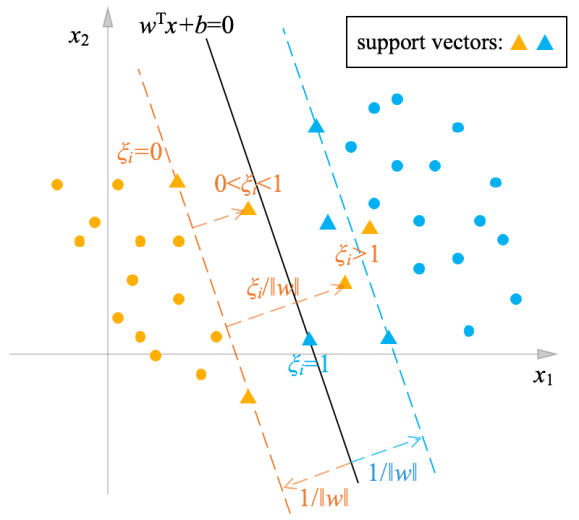
This study is based on multidimensional compliance feature data of enterprises, and deeply explores and constructs an intelligent selection model for compliance service modes based on machine learning algorithms. By systematically comparing the performance of decision trees, random forests, support vector machines (SVM), BP neural networks, and the non-linear weight particle swarm optimization based support vector machine (NWPSO-SVM) classification model proposed in this study on the same dataset, the empirical results clearly show that the NWPSO-SVM model exhibits excellent and comprehensive classification ability in compliance service mode selection tasks. The model achieved the best results in all key evaluation metrics, with an accuracy of 0.894, a recall of 0.894, a precision of 0.886, and a stable F1 Score of 0.886. This series of significantly leading indicator values not only confirms the high accuracy of the model's prediction results. By utilizing this model for precise analysis and pattern prediction of enterprise compliance characteristics, potential compliance risk points can be identified proactively at the beginning of data service launch or product design, and appropriate service patterns can be matched. This enables compliance requirements to be more intelligently and efficiently embedded at the source of business processes, achieving a transition from passive response to active prevention, effectively improving the accuracy and effectiveness of pre regulation, reducing compliance costs and violation risks in the later stage, and laying a solid technical foundation for building a secure, reliable, and trustworthy data service ecosystem. In summary, the NWPSO-SVM model has been proven to be an ideal tool for intelligent and precise selection of enterprise compliance service models due to its significantly superior comprehensive performance.

 View pdf
View pdf


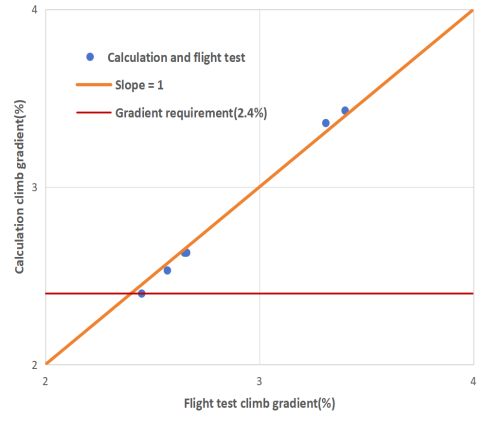
Flight tests with simulated ice shapes are an important verification means to demonstrate that an aircraft can fly safely under natural icing conditions. This paper studies the climbing performance flight test technology for civil aircraft with simulated ice shapes from the aspects of simulated ice shape selection, flight test method research, pre-flight test condition requirements, flight test risk assessment, and flight test data analysis, etc., and analyzes the climb performance flight test data of a certain large transport aircraft, giving the analysis of flight test results.

 View pdf
View pdf




